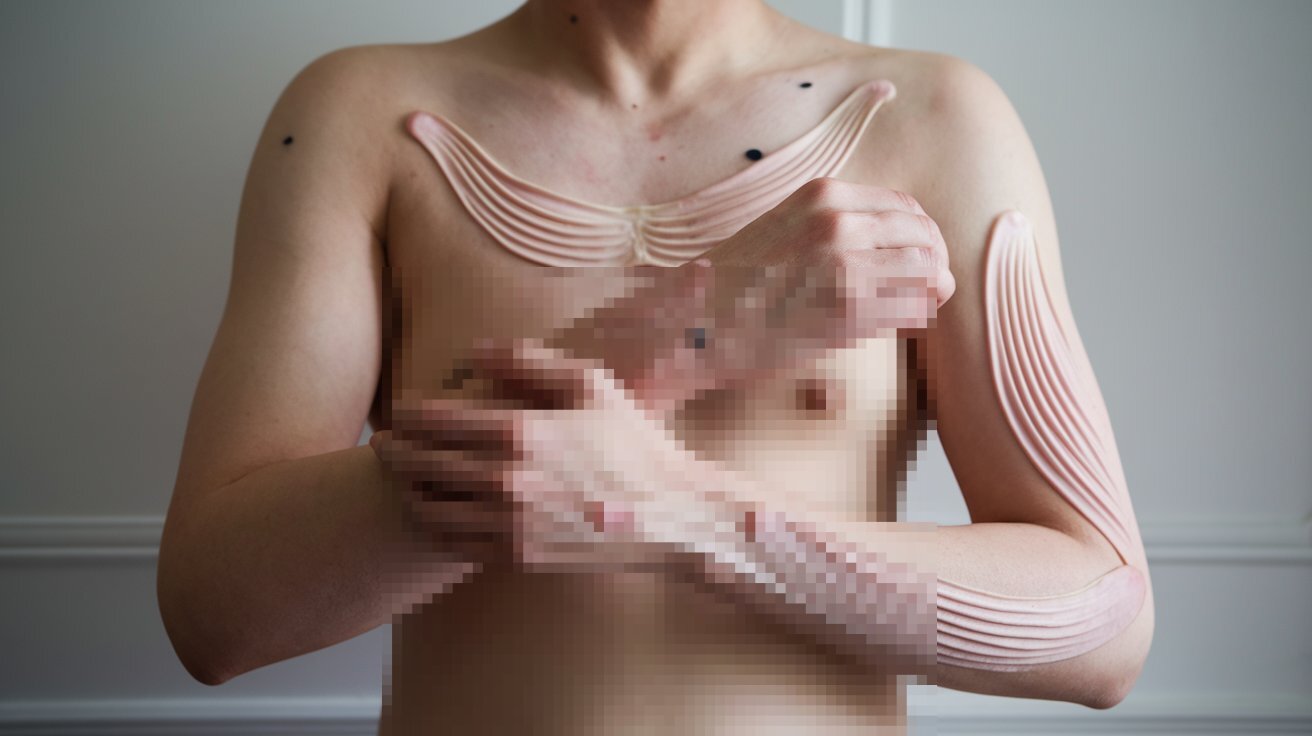
Roussy–Lévy Syndrome is a rare genetic disorder that affects the nervous system. Characterized by muscle weakness, tremors, and sensory loss, this condition often begins in childhood or early adulthood. Caused by mutations in the PMP22 gene, it disrupts the normal function of peripheral nerves. Symptoms can vary widely, making diagnosis challenging. Affected individuals may experience difficulty walking, poor balance, and reduced reflexes. Treatment focuses on managing symptoms through physical therapy, braces, and sometimes medication. Living with Roussy–Lévy Syndrome requires ongoing medical care and support. Understanding this condition can help improve the quality of life for those affected and their families.
Key Takeaways:
- Roussy–Lévy Syndrome is a rare genetic disorder affecting muscle coordination and sensation. It's caused by mutations in the PMP22 gene and has no cure, but treatments like physical therapy and medications can help manage symptoms.
- Research into Roussy–Lévy Syndrome continues to provide new insights, with ongoing studies exploring gene therapy and the effects of different PMP22 gene mutations. Patients can lead fulfilling lives with support, adaptive technologies, and tailored exercise.
What is Roussy–Lévy Syndrome?
Roussy–Lévy Syndrome is a rare genetic disorder that affects the nervous system. It primarily impacts muscle coordination and sensation. Here are some fascinating facts about this condition:
-
Roussy–Lévy Syndrome is a type of Charcot-Marie-Tooth disease, specifically classified as CMT type 1B.
-
The syndrome was first described by French neurologists Gabriel Roussy and Gustave Lévy in 1926.
-
It is caused by mutations in the PMP22 gene, which is crucial for the proper functioning of the peripheral nerves.
-
This condition is inherited in an autosomal dominant pattern, meaning only one copy of the mutated gene is needed to cause the disorder.
Symptoms and Diagnosis
Understanding the symptoms and how Roussy–Lévy Syndrome is diagnosed can help in early detection and management.
-
Common symptoms include muscle weakness, especially in the lower legs and feet.
-
Patients often experience a high-stepped gait, which is a way of walking where the knees are lifted higher than usual.
-
Foot deformities, such as high arches and hammertoes, are frequently observed.
-
Sensory loss, particularly in the hands and feet, is another hallmark of the syndrome.
-
Tremors, especially in the hands, can also be a symptom.
-
Diagnosis typically involves a combination of clinical examination, family history, and genetic testing.
Treatment and Management
While there is no cure for Roussy–Lévy Syndrome, various treatments can help manage the symptoms.
-
Physical therapy is often recommended to maintain muscle strength and flexibility.
-
Orthopedic devices, like braces or custom shoes, can assist with mobility and reduce discomfort.
-
Occupational therapy can help patients adapt to daily activities and improve their quality of life.
-
Medications may be prescribed to manage pain and tremors.
-
Regular monitoring by a neurologist is essential to track the progression of the disease.
Genetic and Research Insights
Research into the genetic aspects of Roussy–Lévy Syndrome continues to provide new insights.
-
The PMP22 gene mutation leads to the production of an abnormal protein that disrupts the myelin sheath, a protective covering of the nerves.
-
Studies are ongoing to understand how different mutations in the PMP22 gene affect the severity of the symptoms.
-
Researchers are exploring gene therapy as a potential future treatment for this and other genetic disorders.
-
Animal models, particularly mice, are used in research to study the disease and test new treatments.
-
Advances in genetic testing have made it easier to diagnose Roussy–Lévy Syndrome early, even before symptoms appear.
Living with Roussy–Lévy Syndrome
Living with a chronic condition like Roussy–Lévy Syndrome presents unique challenges, but many patients lead fulfilling lives.
-
Support groups and online communities can provide emotional support and practical advice.
-
Adaptive technologies, such as voice-activated devices, can help patients maintain independence.
-
Regular exercise, tailored to the individual's abilities, can improve overall health and well-being.
-
A balanced diet rich in nutrients supports nerve health and general wellness.
-
Mental health support, including counseling or therapy, can be beneficial for coping with the emotional aspects of the condition.
Interesting Historical Facts
The history of Roussy–Lévy Syndrome offers some intriguing insights into the evolution of medical understanding.
-
Gabriel Roussy and Gustave Lévy initially described the syndrome based on observations of a single family.
-
Early descriptions of the syndrome focused on the unique combination of muscle weakness and tremors.
-
The identification of the PMP22 gene mutation in the 1990s was a significant breakthrough in understanding the genetic basis of the disease.
-
Historical treatments included physical therapy and orthopedic interventions, much like today, but without the benefit of modern genetic insights.
Future Directions in Research
The future holds promise for new treatments and a better understanding of Roussy–Lévy Syndrome.
-
Gene editing technologies, such as CRISPR, are being explored as potential treatments for genetic disorders.
-
Stem cell research may offer new ways to repair or replace damaged nerve cells.
-
Collaborative research efforts are crucial for advancing our understanding and treatment of rare diseases like Roussy–Lévy Syndrome.
-
Patient registries and biobanks are valuable resources for researchers studying the long-term effects and potential treatments for the syndrome.
Final Thoughts on Roussy–Lévy Syndrome
Roussy–Lévy Syndrome, a rare genetic disorder, affects muscle coordination and balance. Understanding its symptoms, causes, and treatments can help those affected manage their condition better. Genetic testing plays a crucial role in diagnosing this syndrome, while physical therapy and supportive care can improve quality of life.
Raising awareness about Roussy–Lévy Syndrome is essential for early diagnosis and better support. Sharing information and resources can make a significant difference for patients and their families. Though the journey may be challenging, advancements in medical research offer hope for improved treatments and potential cures.
Staying informed and connected with medical professionals and support groups can provide valuable assistance. Remember, knowledge is power. By spreading awareness and understanding, we can help those affected by Roussy–Lévy Syndrome lead fuller, more comfortable lives.
Frequently Asked Questions
Was this page helpful?
Our commitment to delivering trustworthy and engaging content is at the heart of what we do. Each fact on our site is contributed by real users like you, bringing a wealth of diverse insights and information. To ensure the highest standards of accuracy and reliability, our dedicated editors meticulously review each submission. This process guarantees that the facts we share are not only fascinating but also credible. Trust in our commitment to quality and authenticity as you explore and learn with us.


